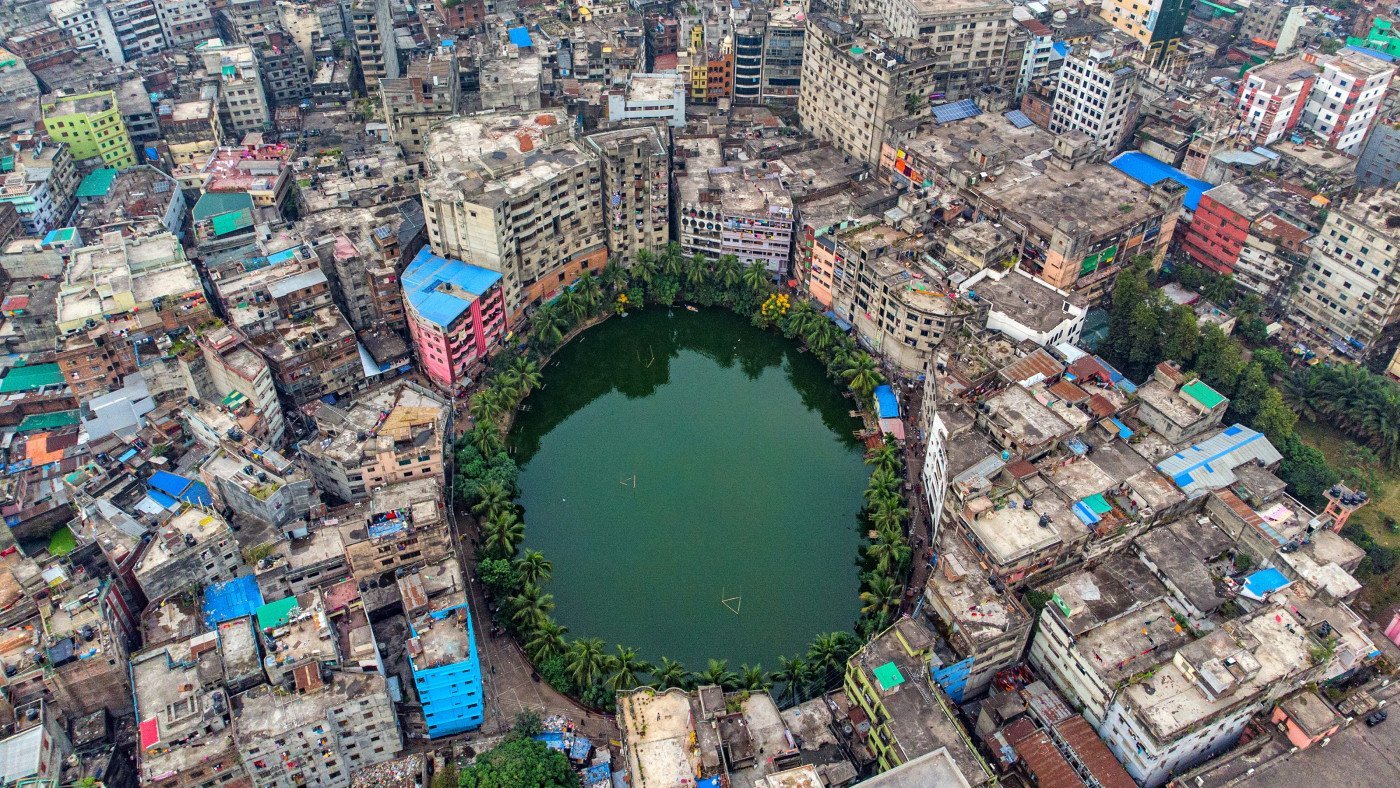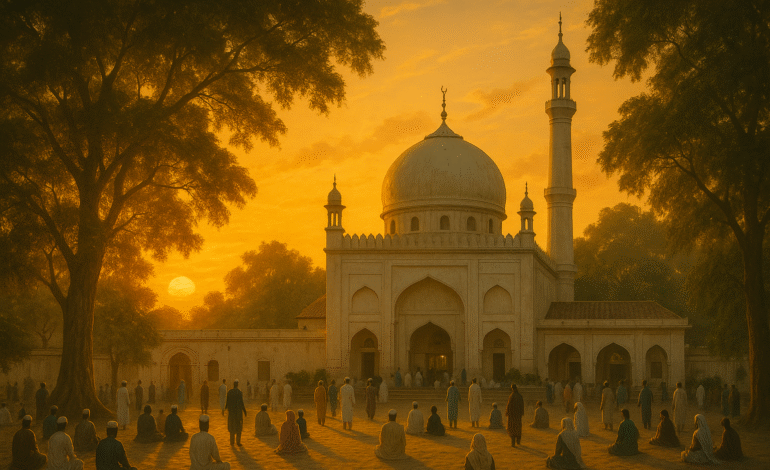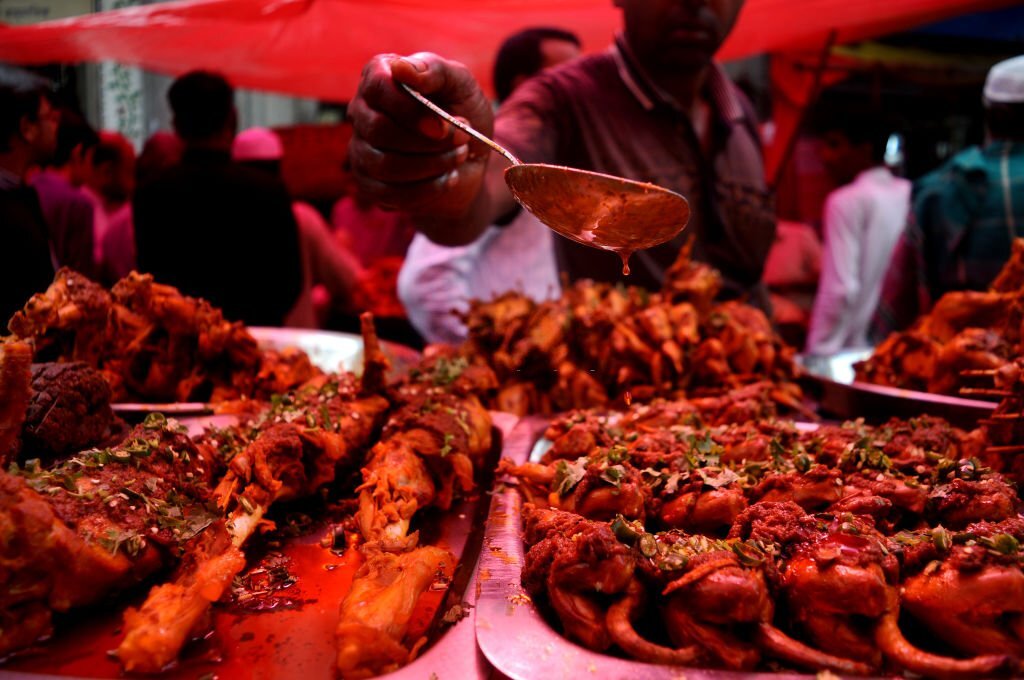Sylhet, located in the northeastern corner of Bangladesh, is a city that blends nature, history, and deep spirituality. Known worldwide as the City of Saints or the Land of Pirs and Auliyas, Sylhet holds a sacred reputation built through centuries of devotion and knowledge. Its hills, rivers, and tea gardens create a stunning landscape, but its true charm lies in the faith and peace that surround it. The story of Sylhet spiritual heritage begins with the arrival of Hazrat Shah Jalal (R.A.) and continues to define the heart of the city today. Learn more about Sylhet on Beautiful Bangladesh.
The Beginning of Sylhet Spiritual Heritage
Sylhet became a center of Islamic faith in the early fourteenth century. Historical sources describe that Hazrat Shah Jalal (R.A.) came to this land with 360 companions. They were known for their knowledge, discipline, and kindness. Their mission was simple: to spread the message of peace, equality, and compassion. Details about Shah Jalal’s life appear in Banglapedia.
The people of Sylhet embraced their teachings because they valued humanity and social harmony. The spiritual guidance of Shah Jalal created a strong moral foundation in the region. This period marked the beginning of Sylhet spiritual heritage, where religion became a part of everyday life rather than a formal institution.
The Story of Shah Jalal and His Legacy
Hazrat Shah Jalal’s arrival in Sylhet is linked to a major turning point in Bengal’s history. He was not only a preacher but also a spiritual reformer who changed how people understood faith. He believed that good character and honest living were greater than power or wealth. Travelers like Ibn Battuta mentioned meeting Shah Jalal during their journeys, calling him a man of great wisdom. Read the historic record on Encyclopedia of Islam.
The shrine of Shah Jalal, known as Shah Jalal Dargah Sharif, remains the most visited religious site in Sylhet. It attracts thousands of pilgrims daily from across Bangladesh and abroad. Many visitors describe a sense of peace upon entering the complex, where prayer, reflection, and community merge naturally.
The Legacy of Shah Paran and Other Saints
The nephew of Shah Jalal, Hazrat Shah Paran (R.A.), carried forward his uncle’s mission. He lived on a hill east of Sylhet, and his shrine stands there today as another sacred center of devotion. The Shah Paran Dargah symbolizes both continuity and expansion of Sylhet spiritual heritage. You can read more on Wikipedia.
Over the centuries, many other saints settled across Sylhet. Their shrines, known locally as mazars, became places where people gathered to pray, learn, and support one another. From urban neighborhoods to quiet hills, these shrines formed a network that connected the city’s spiritual and social life. Their teachings encouraged simplicity, honesty, and love for all creation.
The Shrines That Define the City
The landscape of Sylhet is filled with shrines, mosques, and religious schools. The Shah Jalal Dargah lies at the city’s heart, surrounded by shops, homes, and roads that grew naturally around it. The city’s structure reflects its spiritual history, something scholars have explored in urban research papers available on Academia.
Each shrine carries its own story. Some saints focused on teaching, while others served the poor or healed the sick. Together they built a legacy of compassion. This is why Sylhet is often called the City of Saints. Every street and hill seems to echo with prayers and blessings from the past.
Cultural Influence of Sylhet Spiritual Heritage
The influence of Sufism can be seen everywhere in Sylhet’s culture. Folk songs often praise the saints and speak of divine love. The values of peace and respect are reflected in Sylheti hospitality. Local art and literature still draw inspiration from these spiritual figures. Read about the cultural roots of Sylhet on ResearchGate.
The spiritual heritage also shaped the Sylheti dialect, known for its soft rhythm and poetic tone. People express gratitude and humility in daily conversation, traits that mirror centuries of Sufi teaching. Festivals, gatherings, and communal meals all carry a spirit of inclusion and unity.
The Role of Spiritual Heritage in Modern Sylhet
Today, Sylhet spiritual heritage continues to influence daily life. The shrines serve as centers of learning and charity. Religious education thrives alongside modern schooling. The annual Urs festivals, held to honor the saints, attract visitors from every part of the country. During these events, the city becomes vibrant with prayers, lights, and music that celebrate both faith and culture. More information can be found on Beautiful Bangladesh.
The tourism sector also benefits from this heritage. Local hotels, restaurants, and transportation services see major activity during pilgrimage seasons. Spiritual tourism provides jobs and supports small businesses. According to city development data, Sylhet hosted over 700,000 residents in 2022, many of whom rely on tourism and religious activities.
Economic and Social Impact
The shrines of Sylhet are not just religious landmarks. They are also economic hubs that support thousands of livelihoods. Pilgrims buy food, souvenirs, and religious items from local vendors. Many families depend on the steady flow of visitors for income. Read related studies on Bangladesh Bureau of Statistics.
Remittances from the Sylheti diaspora also play a major role. Many Sylhetis living abroad donate money to maintain shrines, mosques, and community programs. This financial link between home and diaspora helps preserve the city’s sacred sites while improving local infrastructure.
Spiritual Heritage and Education
One remarkable aspect of Sylhet spiritual heritage is the value placed on education. Shah Jalal and his disciples established centers where both religious and social knowledge were taught. These places promoted honesty, hard work, and service to humanity. The tradition continues today in numerous madrassas and schools that combine modern education with moral instruction. Learn more about education in Sylhet on Ministry of Education Bangladesh.
These institutions encourage students to serve their communities and respect diversity. Many local leaders and scholars attribute their success to the lessons they learned in shrine-based schools.
Festivals and Community Life
Every year, large numbers of people attend the Urs of Shah Jalal and Shah Paran. These gatherings are not only about prayer but also about unity. People of all classes come together to share food, stories, and blessings. The celebration strengthens social bonds and reminds citizens of their shared identity.
Music and poetry also play an important role in these events. Spiritual songs known as Baul Gaan or Hamd Naat fill the air, expressing devotion in simple, heartfelt words. You can explore Sylhet’s cultural events on Visit Bangladesh.
The Global Reach of Sylhet Spiritual Heritage
Sylhet’s identity travels far beyond Bangladesh. Millions of people of Sylheti origin live in countries like the United Kingdom, the United States, and the Middle East. They maintain deep emotional and religious ties with their ancestral land. Many visit the shrines during holidays or send donations to support community projects.
This global connection keeps Sylhet’s name alive internationally. In cities like London and Birmingham, community centers often display portraits of Shah Jalal and Shah Paran. These acts of remembrance show how the spiritual identity of Sylhet unites people across continents.
Challenges and the Need for Preservation
Despite its glory, Sylhet spiritual heritage faces challenges. Rapid urban development threatens the preservation of old shrines. Modern buildings sometimes crowd sacred areas, reducing open space for visitors. Pollution and overcrowding during festivals can also cause damage. Experts at Bangladesh Heritage Foundation emphasize the need for balanced planning that protects heritage while supporting growth.
Local authorities and private organizations are now working together to conserve these historic sites. Awareness programs encourage residents to take pride in their spiritual and cultural legacy. Proper management and community involvement can ensure that Sylhet’s heritage remains intact for future generations.
Why Sylhet Still Inspires the World
Sylhet stands as a living example of harmony between faith, culture, and progress. Its spiritual roots teach compassion in an age often filled with division. The message of Shah Jalal and other saints continues to inspire people to live ethically and help one another.
Visitors leave Sylhet not only with memories of its beauty but also with a sense of peace. The shrines remind everyone that spirituality can unite hearts, transcend borders, and sustain hope.








